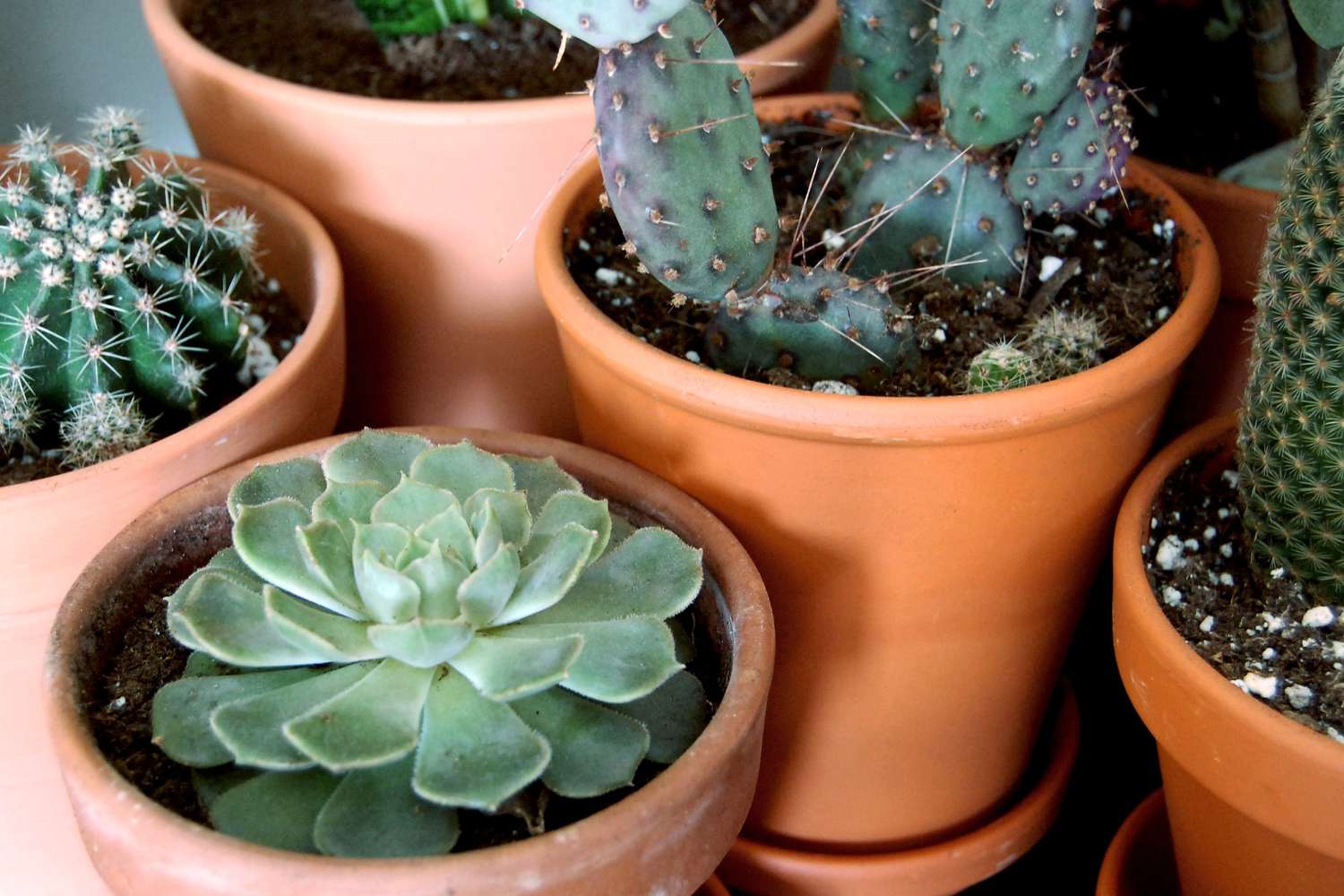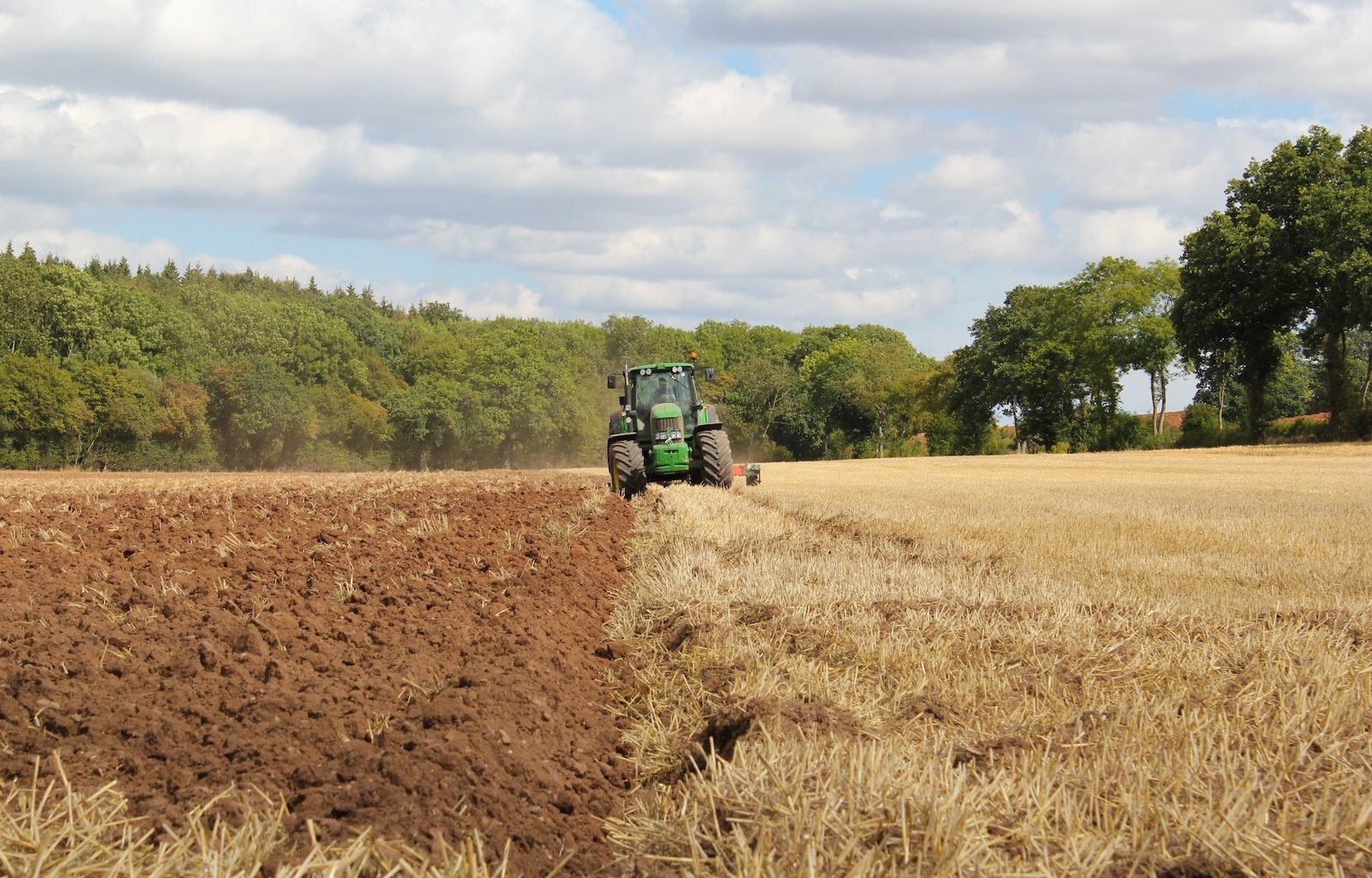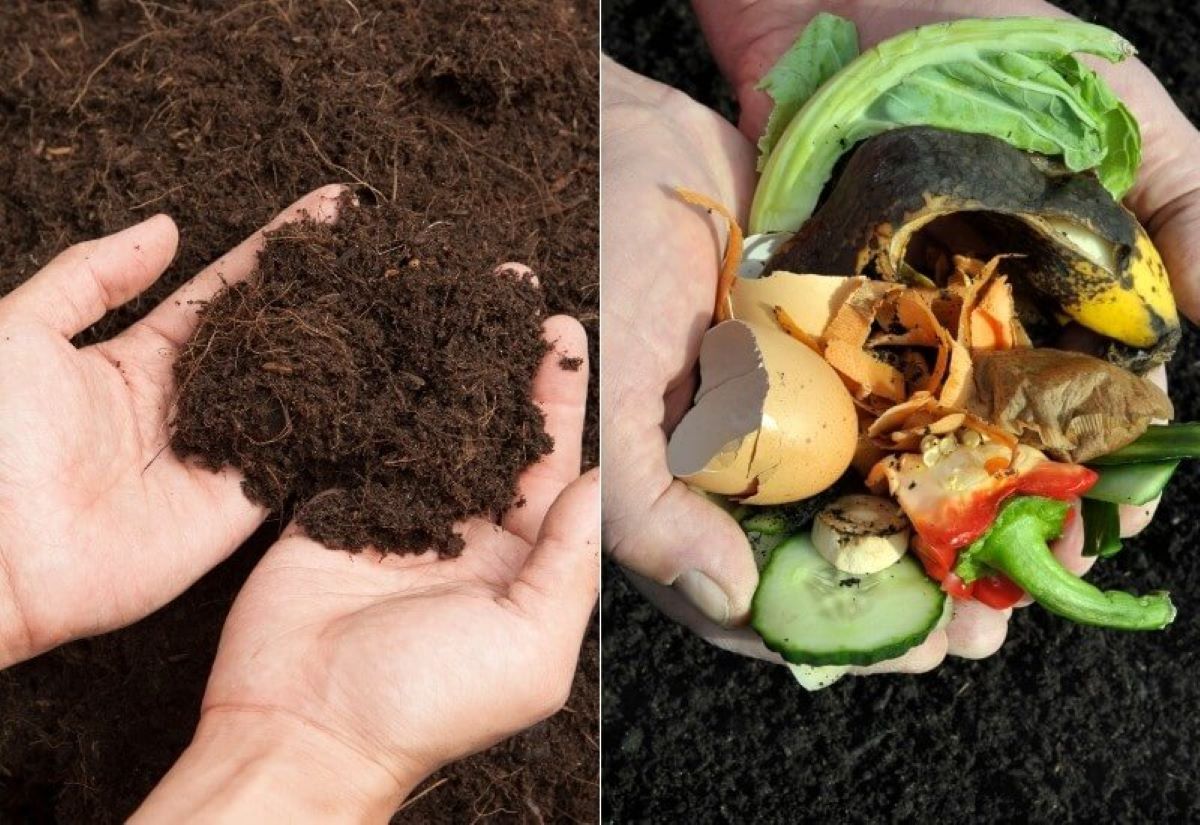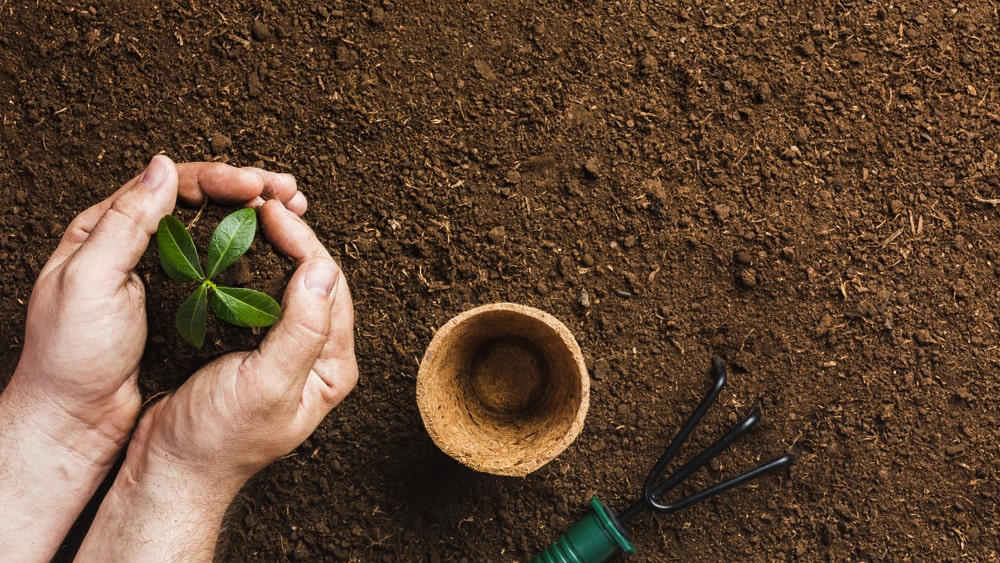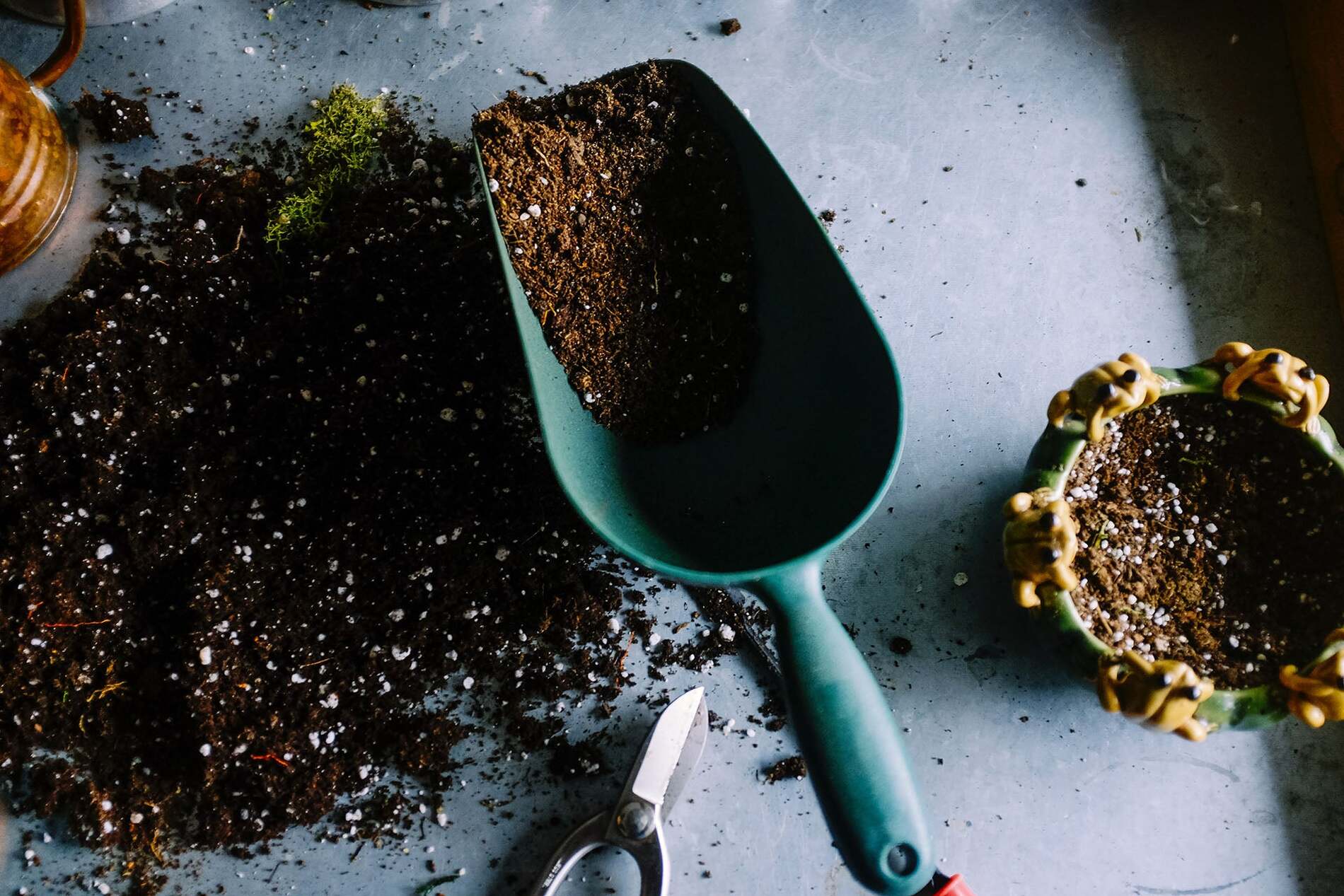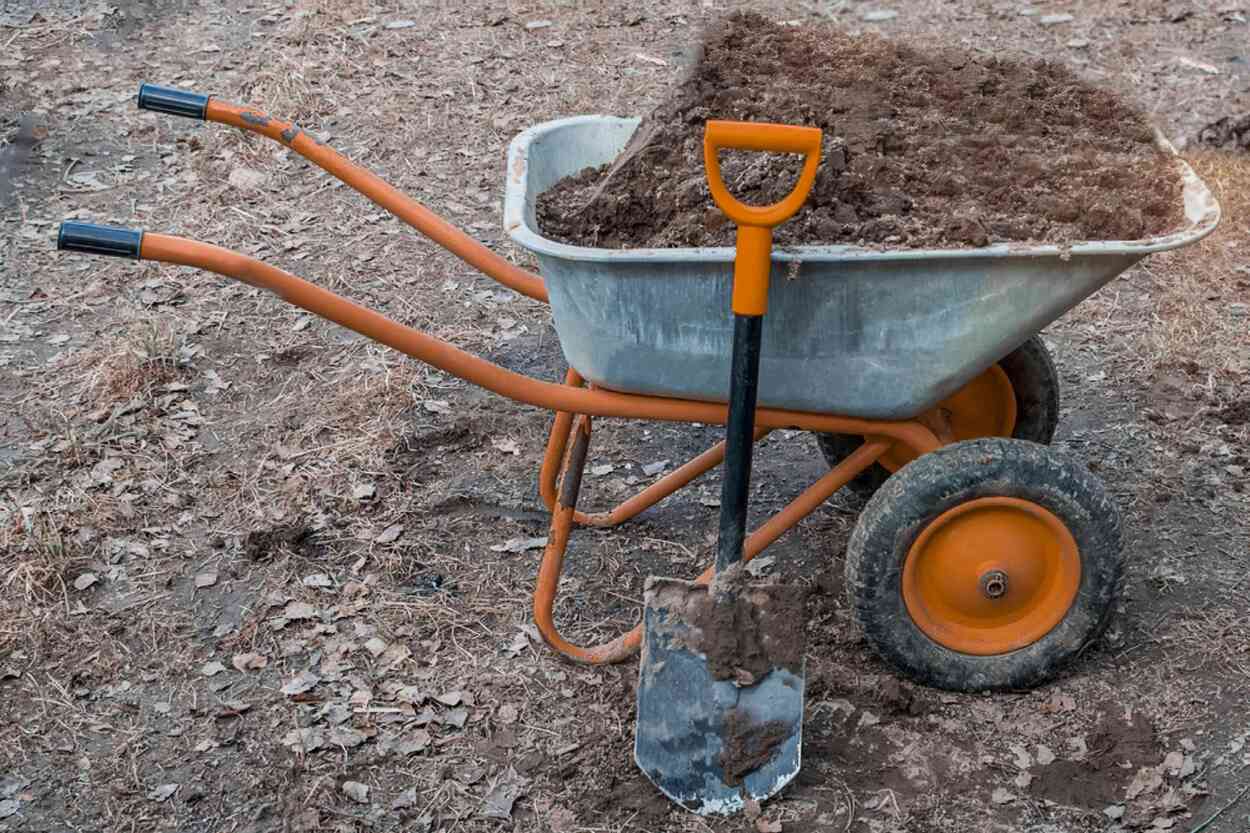Home>Gardening Techniques>Plant Care>What Is The Difference Between Pruning And Trimming A Tree
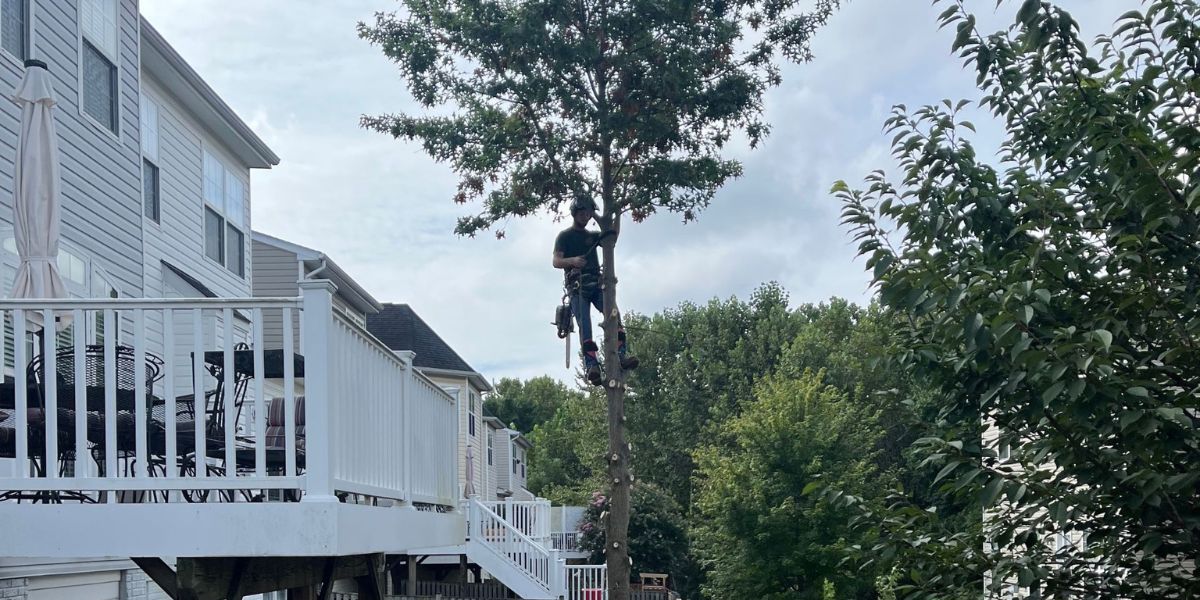

Plant Care
What Is The Difference Between Pruning And Trimming A Tree
Modified: January 22, 2024
Learn the difference between pruning and trimming a tree for proper plant care. Discover the best techniques to keep your trees healthy and thriving.
(Many of the links in this article redirect to a specific reviewed product. Your purchase of these products through affiliate links helps to generate commission for Chicagolandgardening.com, at no extra cost. Learn more)
Table of Contents
Introduction
Welcome to the world of plant care! Whether you’re a seasoned gardener or just starting out, understanding the basics of pruning and trimming is essential for maintaining healthy and beautiful trees. But what exactly is the difference between the two? In this article, we’ll delve into the world of tree care and explore the distinctions between pruning and trimming.
Pruning and trimming are two common methods used to maintain the health and appearance of trees, but they serve different purposes. Pruning is a more strategic and precise technique that involves selectively removing specific branches or parts of a tree to promote healthier growth, shape the tree, and improve overall structure. On the other hand, trimming focuses on the cosmetic aspects, such as removing overgrown branches, thinning excess foliage, or cutting back branches that are causing obstructions.
Understanding the difference between pruning and trimming is crucial because each technique has its own set of objectives and requires varying levels of expertise. By gaining a clear understanding of these methodologies, you’ll be better equipped to make informed decisions when it comes to caring for your trees.
So, whether you’re dealing with an unruly tree in your backyard or looking to enhance the beauty of your garden, let’s explore the nuances of pruning and trimming and how they can help you achieve your desired results.
Pruning a Tree
Pruning is a more intricate and delicate technique that involves selectively removing specific branches, limbs, or parts of a tree. The primary objectives of pruning are to promote healthy growth, maintain the tree’s structural integrity, and improve its overall appearance. Whether you’re dealing with a young tree or an old, established one, pruning plays a crucial role in its care.
One of the main reasons for pruning is to remove dead, diseased, or damaged branches. This helps prevent the spread of diseases and pests while also eliminating potential hazards. By removing these compromised branches, you’re enabling the tree to allocate its resources to healthier growth and development.
Pruning is also used to shape a tree and guide its growth in a desired direction. By selectively removing branches, you can influence the tree’s structure and create a more balanced and aesthetically pleasing form. This is particularly important for trees that are near buildings, power lines, or other structures, as regular pruning can help mitigate the risk of branches interfering with these structures.
Another goal of pruning is to thin out dense foliage. This improves air circulation within the tree and reduces the risk of fungal diseases. Thinning the canopy of a tree also allows more sunlight to reach the lower parts of the tree, encouraging the growth of lower branches and promoting an overall healthier and more balanced tree.
When pruning a tree, it is crucial to follow proper techniques and guidelines. This includes making clean cuts just outside the branch collar, which is the swollen area at the base of a branch where it meets the trunk. Proper cuts help facilitate quicker healing and minimize the risk of disease or insect infestation entering the tree.
Ultimately, pruning is a vital aspect of tree care that not only enhances the health and appearance of the tree but also promotes safety and longevity. However, it is important to note that pruning should be done with caution and only when necessary to avoid over-pruning or causing harm to the tree.
Trimming a Tree
Trimming a tree involves shaping and maintaining its appearance by removing unwanted or overgrown branches, foliage, and stems. Unlike pruning, which focuses on the health and structure of the tree, trimming is primarily done to enhance the aesthetic appeal of the tree and its surroundings.
One of the main reasons for trimming is to promote a neat and tidy appearance. Over time, trees can develop unruly growth patterns, with branches sticking out in different directions. Trimming helps create a more uniform shape, thereby enhancing the overall visual appeal of the tree. This is particularly important for trees that are located in urban or suburban areas, where an orderly and well-maintained appearance is desired.
Another reason for trimming is to remove any branches or foliage that may be obstructing walkways, driveways, or other structures. Overgrown tree limbs can pose hazards by interfering with power lines, obstructing views, or creating safety hazards. Trimming these branches not only eliminates the risk but also enhances safety and accessibility in the surrounding area.
Trimming can also be done to control the size of a tree. Some tree species have a tendency to grow rapidly and can overpower the surrounding landscape if not properly maintained. By selectively trimming branches and thinning out excess foliage, you can manage the size and growth of the tree, keeping it in proportion with its surroundings.
Timing is an essential factor in tree trimming. It is generally recommended to trim trees during their dormant period, which is typically in late winter or early spring. This allows the tree to recover quickly and minimizes the stress on the tree. However, it’s important to note that certain tree species may have specific trimming requirements, and it’s always best to consult a professional arborist for guidance.
When trimming a tree, it is important to use the correct tools and techniques to ensure the health and safety of the tree. Sharp pruning shears, loppers, and saws should be used to make clean and precise cuts. It’s essential to avoid removing more than 25% of the tree’s foliage in a single trimming session to prevent stress and damage.
Overall, trimming plays a significant role in maintaining the appearance of trees and their surroundings. By properly and regularly trimming trees, you can create a well-groomed landscape that adds beauty and value to your property.
Differences between Pruning and Trimming
While pruning and trimming are both important techniques for tree care, they differ in their objectives, methods, and outcomes. Understanding these differences will help you determine which approach is most appropriate for your specific tree care needs.
Pruning is a more strategic and targeted approach that involves selectively removing specific branches or parts of a tree. Its primary objectives are to promote healthy growth, maintain the tree’s structural integrity, and improve overall health. Pruning focuses on the long-term health and well-being of the tree. It involves removing dead, diseased, or damaged branches, shaping the tree’s structure, and thinning dense foliage. Pruning requires precision and knowledge of proper techniques to avoid damaging the tree.
Trimming, on the other hand, is primarily done for aesthetic purposes. Its main focus is on enhancing the visual appeal of the tree and its surroundings. Trimming involves removing overgrown branches, shaping the tree for a uniform appearance, and eliminating any obstructions or safety hazards caused by the tree’s growth. Trimming is typically less invasive and doesn’t have the same level of precision as pruning.
One key difference between pruning and trimming is the frequency. Pruning is usually done less frequently, as it is a more intensive process that requires careful consideration and timing. It is recommended to prune trees every few years or as needed to maintain their health and structure. Trimming, on the other hand, is often done more regularly, typically on an annual or semi-annual basis, to maintain the desired shape and appearance of the tree.
Another distinction is the tools and techniques used. Pruning often requires the use of pruning shears, saws, and other specialized tools to make precise cuts and remove larger branches. Trimming, on the other hand, can usually be done with simple hand pruners or hedge trimmers for smaller branches and foliage. The tools and techniques used for trimming are generally less invasive and can be easily done by homeowners or gardeners.
Ultimately, the main difference between pruning and trimming lies in their objectives and the level of intervention required. Pruning focuses on the long-term health and structure of the tree, while trimming is primarily concerned with maintaining the tree’s appearance and addressing immediate aesthetic concerns. Both techniques are important for tree care, and understanding their differences will help you make informed decisions in managing your trees.
Factors to Consider for Pruning or Trimming
When it comes to deciding whether to prune or trim a tree, several factors should be taken into consideration. Understanding these factors will help you determine the appropriate course of action for your specific tree care needs. Here are some key factors to consider:
1. Tree Species: Different tree species have varying growth habits, characteristics, and care requirements. It’s essential to research and understand the specific needs of your tree species before deciding on pruning or trimming. Some trees may require regular pruning to maintain their health and structure, while others may need more frequent trimming to control growth.
2. Tree Age and Condition: The age and condition of the tree play a significant role in determining the appropriate tree care method. Young trees typically require more pruning to establish good structure and remove any defects. Older trees may need selective pruning to maintain their health and manage any potential risks. Trimming is commonly done on trees of all ages to improve their appearance and manage growth.
3. Objectives: Clearly define your objectives for tree care. Are you primarily concerned with the health and structure of the tree, or are you more focused on maintaining its appearance? Consider whether you want to address any specific concerns such as disease prevention, hazard removal, or enhancing the tree’s aesthetic appeal.
4. Tree Location: The location of the tree also determines the level of pruning or trimming required. Trees located near power lines, buildings, or other structures may require more frequent trimming to prevent interference or damage. Additionally, consider the impact of the tree’s growth on nearby plants, walkways, and other elements of your landscape.
5. Timing and Season: Timing is crucial when it comes to pruning or trimming trees. Certain tree species have specific pruning or trimming requirements based on their growth patterns and dormancy periods. Pruning is typically done during the dormant season, while trimming can be done throughout the year, depending on the specific needs of the tree.
6. Professional Assistance: Assess your own expertise and capabilities in tree care. Pruning, especially for larger trees or complex pruning tasks, may require the help of professional arborists who have the knowledge, experience, and equipment to handle the job safely and effectively. Trimming, on the other hand, can often be done by homeowners or gardeners with basic tools and techniques.
By considering these factors, you can make an informed decision on whether to prune or trim your trees. Remember, when in doubt, consult with a professional arborist who can provide expert guidance based on your specific tree care needs.
Benefits of Pruning and Trimming
Both pruning and trimming offer numerous benefits for the health, appearance, and longevity of trees. Understanding these benefits will help you recognize the importance of regular tree care. Here are some key advantages of pruning and trimming:
1. Healthier Growth: Pruning and trimming help promote healthier growth by removing dead, diseased, or damaged branches. By eliminating these areas of concern, you prevent the spread of diseases and pests, allowing the tree to allocate its resources towards healthy growth and development.
2. Enhanced Structure: Pruning improves the overall structure of the tree by shaping its growth and removing unwanted branches. This helps create a balanced and well-proportioned tree, reducing the risk of branch breakage and ensuring long-term stability.
3. Increased Safety: Both pruning and trimming contribute to increased safety. Pruning removes hazardous branches that may pose a risk to structures, pedestrians, or vehicles. Trimming ensures that tree limbs do not interfere with power lines or obstruct visibility, reducing the chances of accidents and property damage.
4. Disease Prevention: Regular pruning can reduce the risk of diseases by enhancing air circulation and light penetration within the tree. Thinning the canopy and removing overcrowded branches promote a healthier environment, making it less favorable for the development of fungal infections and other diseases.
5. Aesthetic Appeal: Trimming helps maintain the visual appeal of trees and the surrounding landscape. By shaping the tree, removing overgrown branches, and enhancing the overall appearance, you create a well-groomed and aesthetically pleasing environment.
6. Increased Sunlight and Airflow: Pruning and trimming thin out dense foliage, allowing more sunlight and airflow to reach the lower parts of the tree. This promotes the growth of lower branches, improves photosynthesis, and reduces the risk of fungal diseases caused by poor air circulation.
7. Control of Growth: Trimming is an effective way to control the size and growth of trees. By selectively removing branches, you can manage the tree’s height and spread, ensuring it remains in proportion with its surroundings and does not overpower the landscape.
8. Longevity: Regular pruning and trimming contribute to the overall longevity of the tree. By addressing potential issues early on, maintaining good structure, and preventing the spread of diseases, you can extend the lifespan of your trees.
9. Increased Property Value: Well-maintained trees can enhance the value of your property. Their aesthetic appeal and overall health contribute to a visually appealing landscape, creating a positive impression for visitors and potential buyers.
10. Environmental Benefits: Pruning and trimming trees contribute to a healthier environment. Trees play a vital role in purifying the air, reducing noise pollution, conserving energy, and providing habitat for wildlife. By taking care of your trees, you are contributing to a greener and more sustainable ecosystem.
Overall, the benefits of pruning and trimming are numerous and encompass both the health and visual aspects of tree care. By incorporating these practices into your tree maintenance routine, you can enjoy the beauty, safety, and longevity of your trees for years to come.
Conclusion
In conclusion, understanding the difference between pruning and trimming is essential for proper tree care. While pruning focuses on promoting healthy growth, maintaining structural integrity, and improving overall health, trimming is primarily done for aesthetic purposes and to manage immediate concerns such as overgrowth or obstructions.
When considering whether to prune or trim a tree, it’s important to take into account factors such as tree species, age, condition, objectives, location, and the expertise required. Proper timing and professional assistance, when needed, are also essential for effective tree care.
The benefits of pruning and trimming are numerous and encompass both the health and visual aspects of tree care. From promoting healthier growth and enhancing structure to increasing safety, preventing diseases, and improving the overall appearance, these practices contribute to the longevity and value of trees.
So, whether you’re looking to maintain the health of your trees, control growth, enhance the beauty of your landscape, or create a safe and welcoming environment, incorporating regular pruning and trimming into your tree care routine is crucial.
By understanding the nuances of pruning and trimming and their respective benefits, you can ensure the health, beauty, and longevity of your trees, contributing to a thriving and sustainable environment for many years to come.

